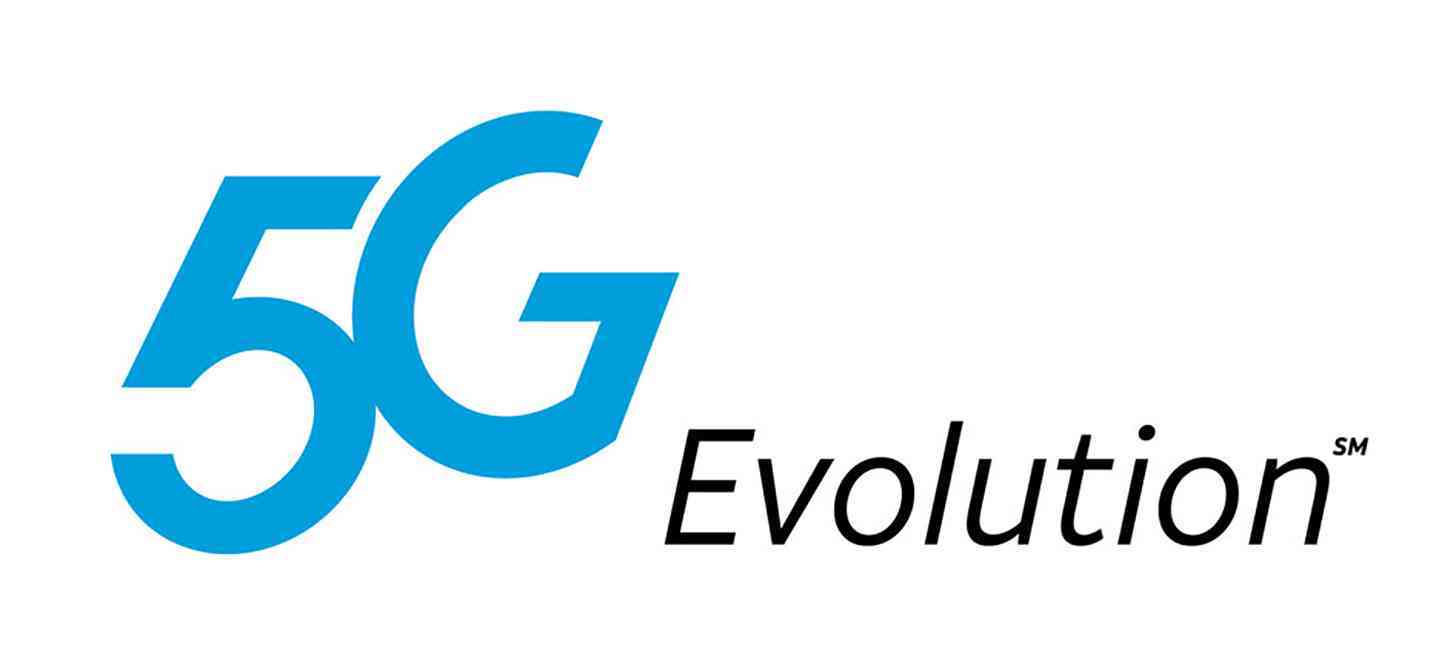
Earlier this week, AT&T welcomed a truly mobile 5G wireless network, deploying it across the United States and providing a faster, more stable mobile experience for a lot of its customer base. Oh, wait, no they didn't. The big blue wireless company actually just changed a few things around behind-the-scenes so that a few, select Android smartphones would show a "5G E" icon, instead of a "4G LTE" icon in some parts of the United States.
That's definitely not the same thing.
In case you missed it, here's the lowdown. AT&T has been talking up its "5G Evolution" upgrade for quite some time. However, it's worth noting here that 5G Evolution does not, at all, use any 5G standards. It's simply a better version of 4G LTE. The idea here, apparently, is to bridge the gap between 4G LTE and 5G by calling that place in between 5G Evolution.
It might make more sense to call it 4G Evolution, honestly. At least that way there can be no confusion whatsoever that a customer is accessing a mobile 5G network. However, that's not what AT&T's doing and, in fact, is rather pleased with itself for choosing this marketing route. It's obviously well ahead of the major competitors like Verizon and T-Mobile in the 5G race now, right? It has 5G on its phones already! Just look at the network indicator!
Unsurprisingly, the other networks weren't thrilled by the marketing jargon, and a T-Mobile executive went as far as slapping a sticky note down with "9G" on an iPhone and saying T-Mobile now has a 9G network. That's a pretty good burn! Funny in the right way, and shows just how ridiculous AT&T's move here really is.
If I had one of these supported Android phones and lived in an AT&T area that had 5G Evolution coverage I would absolutely go into a retail store and ask some questions, raising the issue that my phone says I'm using a 5G network when it's not at all.
I should add here that AT&T did actually start to roll out its mobile 5G network late last year, but the technology is only available in a few different regions in the United States, and it's only supported by a mobile hotspot -- which isn't even publicly available yet. None of this actually helps AT&T or gives it a defense in its rollout of the misleading label, though.
But, the real question comes down to how you might feel about this, especially if you have AT&T yourself. Do you like the idea that your carrier is outright misleading you, just so it can get ahead of the pack in the looming mobile 5G marketing battle? Even if you don't have AT&T, what do you think of this decision? Let me know!